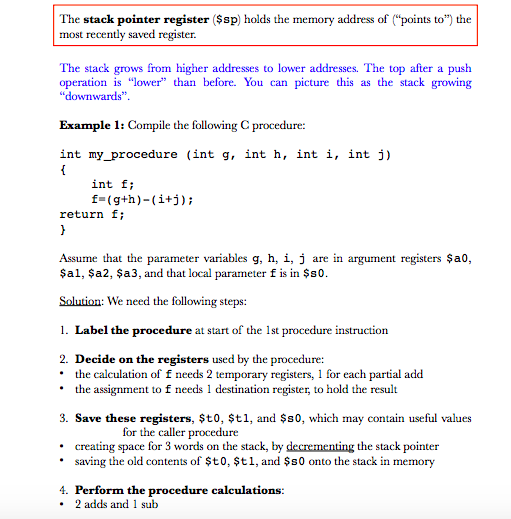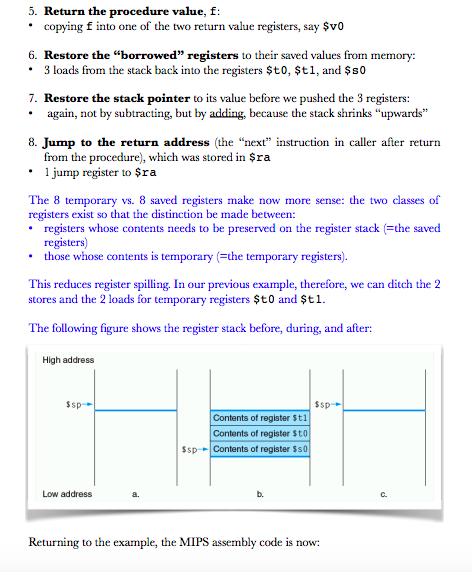Answered step by step
Verified Expert Solution
Question
1 Approved Answer
Write a small assembly program to implement a function call. Use the 4-argument function on pp. 3-4. Run it on your assembler and watch the
Write a small assembly program to implement a function call. Use the 4-argument function on pp. 3-4. Run it on your assembler and watch the values of the PC, $ra, $a0, , $a3, and $v0 registers, as well as any temporary registers you may need.


Step by Step Solution
There are 3 Steps involved in it
Step: 1

Get Instant Access to Expert-Tailored Solutions
See step-by-step solutions with expert insights and AI powered tools for academic success
Step: 2

Step: 3

Ace Your Homework with AI
Get the answers you need in no time with our AI-driven, step-by-step assistance
Get Started


